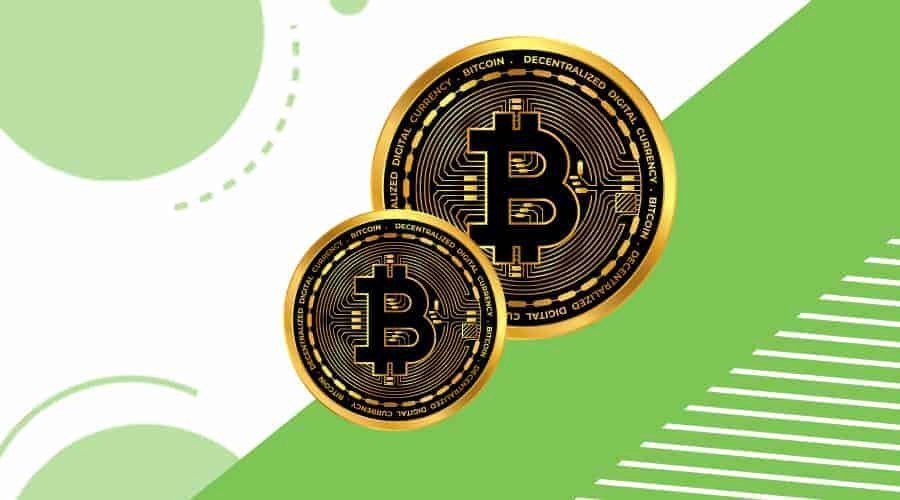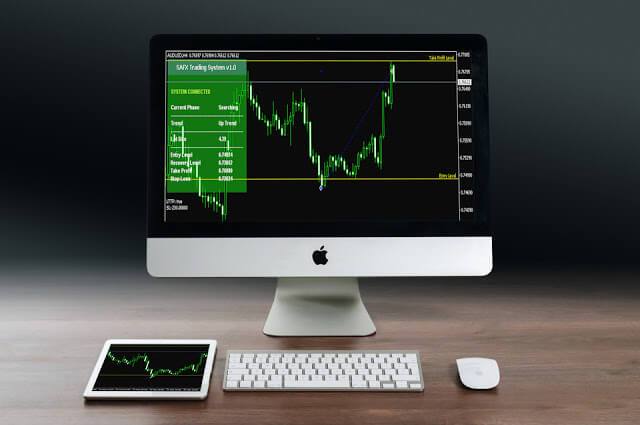Payment banks provide smaller groups like low-income households, migrant workers, small enterprises, and unorganised sectors in addition to giving banking and financial services. To combat terrorism and black money, the 500 and 1,000 rupee notes were outlawed, but this quickly created a severe cash shortage in the economy. After demonetisation, payment banks have emerged as a suitable replacement for the ordinary public. In view of the growing significance of cashless transactions and the use of digital currency, the use of the payments bank account is good. Let’s see more about them in the following guide:
What is a payment bank?
Payment banks are banks that only accept payments. This type of bank lends to smaller units, including low-income households, migrant workers, small business organisations, and unorganised industries. Customers need help getting credit cards or payday loans from it. Payment banks cannot establish subsidiaries to provide non-banking financial services.
Why choosing Payments Bank a smart move?
In contrast to opening a regular bank account, which involves a significant amount of paperwork and takes time, obtaining a payment bank account is quick and easy. In the modern era, where everyone has a smartphone, one can quickly conduct the same using a mobile phone and avoid waiting in a queue. For instance, all you need to register with Airtel payment bank, all you need is your mobile number and Aadhar number. An ATM network operated by commercial banks is also connected to a payment bank. The lower income level benefits from more accessible and seamless money transfers because they regularly move around from city to city.
Benefits of payment banks:
Financial services and rural banks are becoming more accessible.
A capable substitute for commercial banks.
A variety of services are available for Mobile Banking Apps.
Efficiently handles payments with a high volume yet low value.
The challenges include limited infrastructure and operating resources, as well as a lane for more public awareness of the presence of these services. There are no incentives for actors to engage in these activities except for technological obstacles.
An array of activities:
- Payment banks only take deposits up to a total of Rs 2,000,000. Demand deposits are initially limited to being made up to a total of Rs. 1,000,000 per customer.
- Issuing ATM and debit cards
- They are incapable to give credit cards.
- Delivering payment and remittance services involves a variety of strategies.
- Marketing of simple, non-risk-sharing financial goods and services, such as mutual funds, insurance, and others.
- Payment permits would be granted to grocery chains, mobile phone providers, and other organisations to assist individuals and small enterprises.
- NRIs are unable to make deposits with them.
- The only money that can be used to buy government securities is from consumer deposits.
- A payments bank account holder can access all ATMs and other service providers for deposits and withdrawals.
Wrapping it up:
Finally, these are the above-explained guide on what you should know about payments bank accounts. If you want to proceed with the payment bank, contact your bank immediately and move further.












Comments